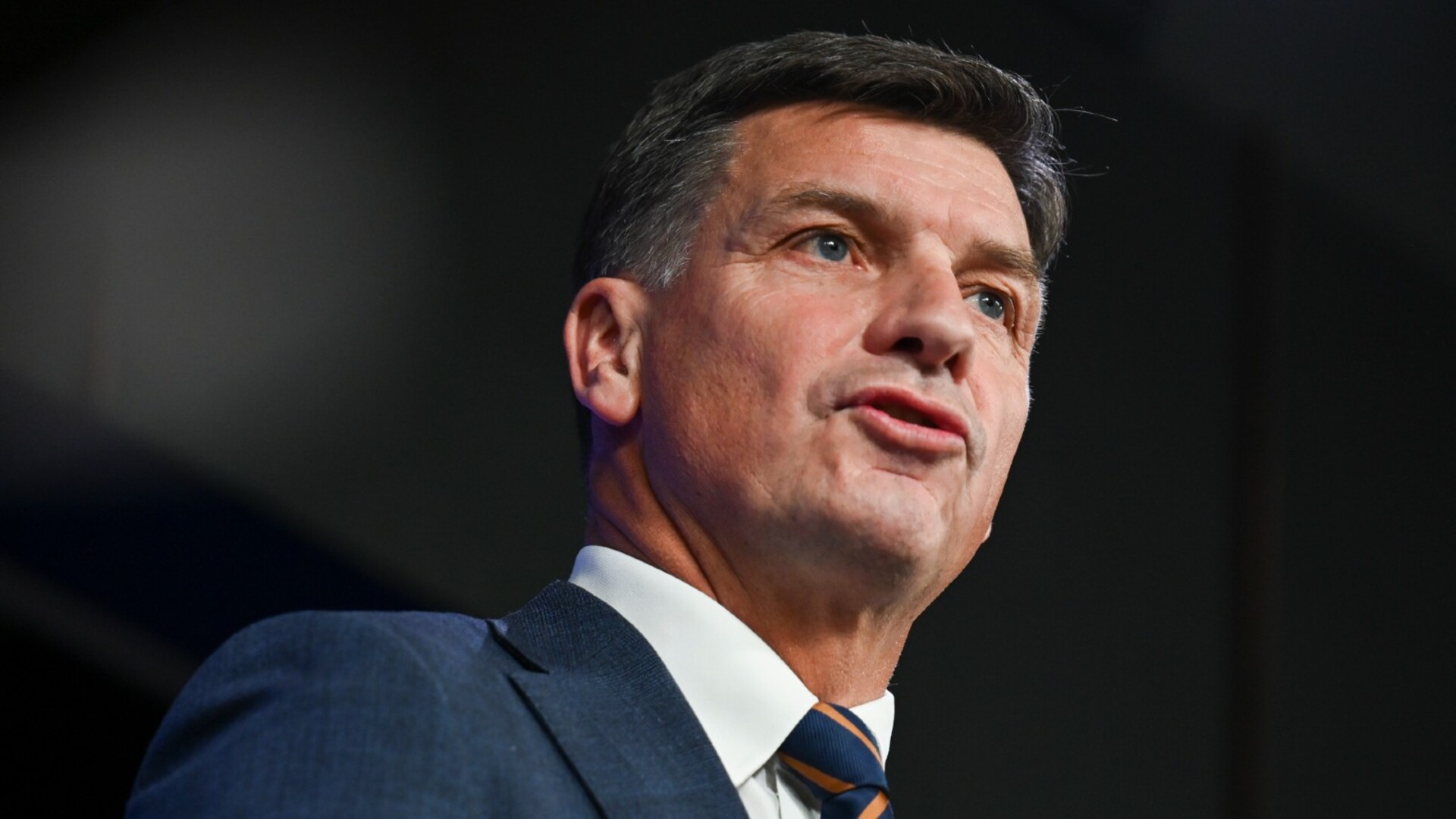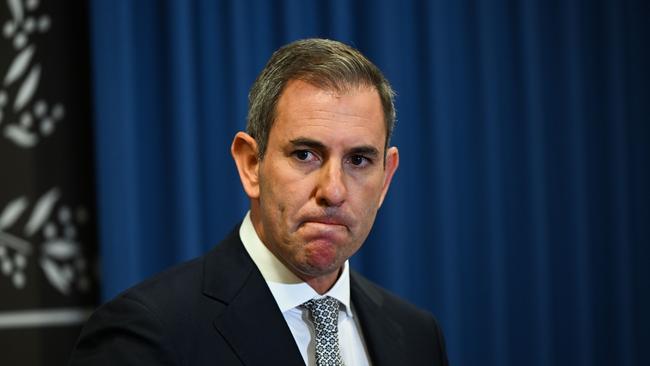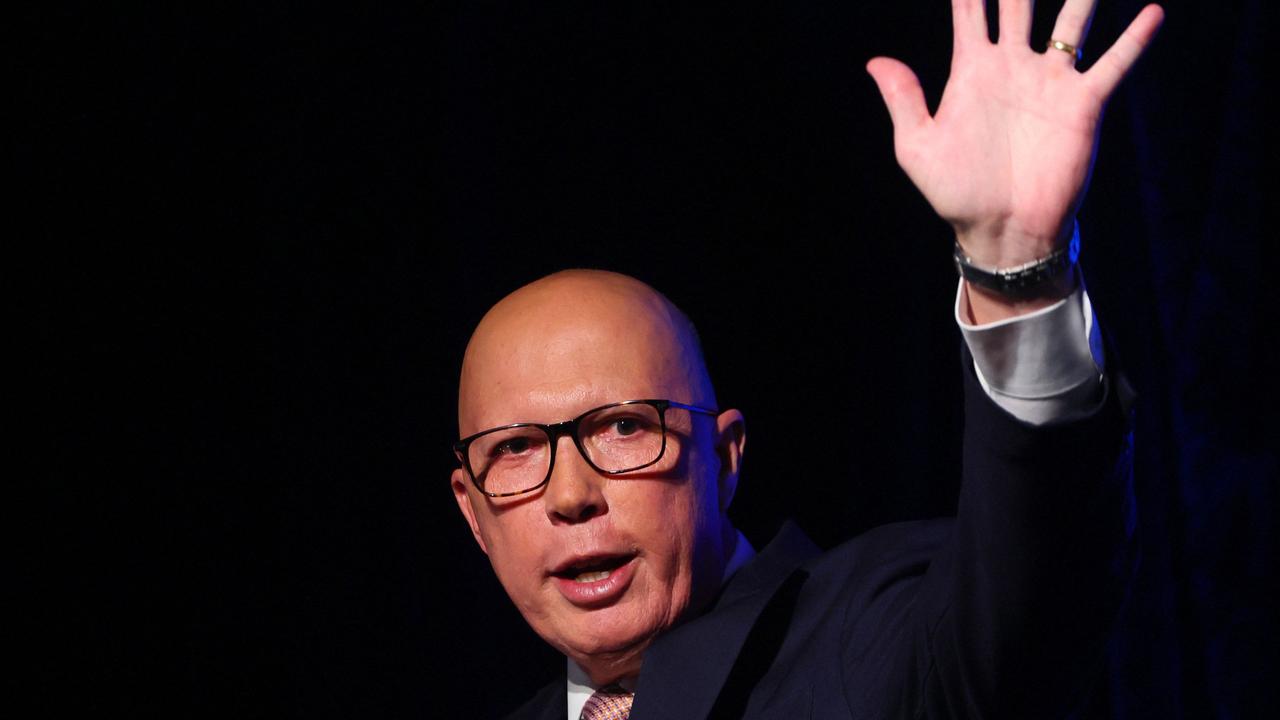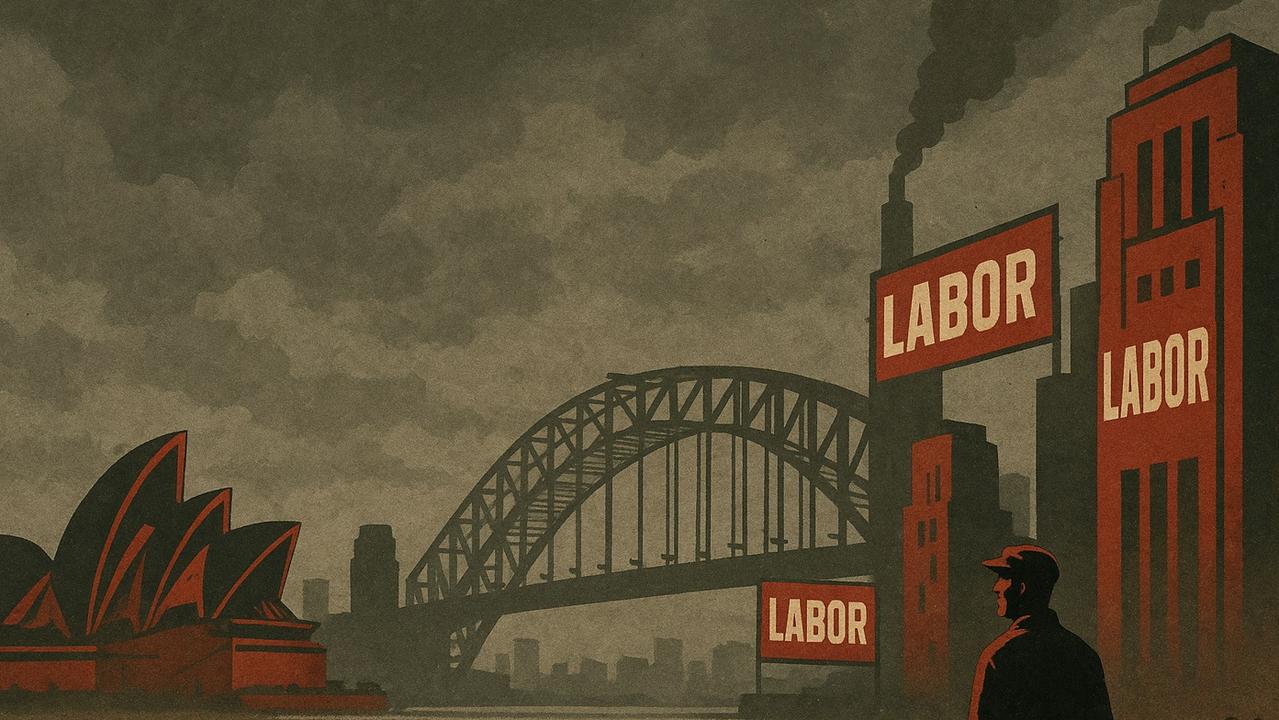Warren Hogan: Don’t bet on rate cuts after this inflation report
We have not restored price stability to the Australian economy, a critical condition that must be met before the RBA can lower interest rates without risking an embarrassing reversal, writes Warren Hogan

Opinion
Don't miss out on the headlines from Opinion. Followed categories will be added to My News.
The November monthly inflation indicator was a little higher than expected, but at 2.3 per cent it looks like inflation is under control. That is the conclusion many have come to, particularly those in our community hoping to see an interest rate reduction from the RBA when they next meet on 17th February.
But this is the wrong conclusion. Not only are the monthly CPI numbers not an accurate measure of inflation, but they have also been heavily distorted by various state and federal government subsidies.
Remove the effect of subsides and volatile items, and inflation is more like 3.5 per cent. Better than 5 per cent inflation, but after a 15 to 20 per cent lift in the cost of living in recent years, Australia needs inflation back down to the RBA 2 per cent to 3 per cent target band, and for it to stay there.

Some commentators will point to the fall in the ‘Trimmed Mean’ measure of inflation from 3.5 per cent in October to 3.2 per cent in November as confirmation that inflation will return to the RBA’s target. But this measure is also impacted by distortions and inaccuracy. Core inflation is 3.5 per cent, at least.
Inflation is only coming down very slowly and the information on the economy we have received since the holidays commenced just before Christmas will not provide the RBA Board with any greater comfort that inflation is under control.
In economic terms, we have not restored price stability to the Australian economy, a critical condition that must be met before the RBA can lower interest rates without risking an embarrassing reversal or higher inflation.
Inflation outcomes today reflect economic conditions from a year ago. It is what economists call a lagging indicator. But what matters for the RBA and monetary policy is where inflation will be in 12-18 months’ time.

Leading indicators are pointing to a real risk that inflation stops falling in 2025. Retail sales appear to be responding to strong employment and improved consumer sentiment with industry sources suggesting a solid Black Friday to Boxing Day spend.
The latest job vacancy data released this week show a 4.2 per cent increase over the last three months, the first rise in vacancies since 2022.
Job vacancies measure the demand for staff – it is about 50 per cent higher than prior to the pandemic reflecting chronic labour shortages across the economy. Rising job vacancies confirm the downward trend in unemployment over the last six months.
This raises a key question – what do we gain by cutting interest rates? More inflation and lower unemployment? Is that what we need right now? The main problem impacting Australian households is cost of living pressures – lowering interest rates will only make this worse.
The calls for a rate cut come at a critical juncture for our nation. The political impact of a rate cut is thought to be significant ahead of the upcoming general election. An election which will define Australia for the rest of the decade. Much is at stake.
The macroeconomic case for lower interest rates does not exist. The political case is very clear but that is why the RBA is independent – monetary policy must not bow to political pressure.
Warren Hogan is Managing Director of EQ Economics.




